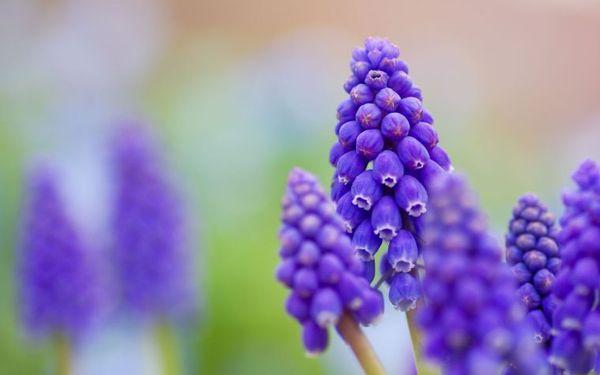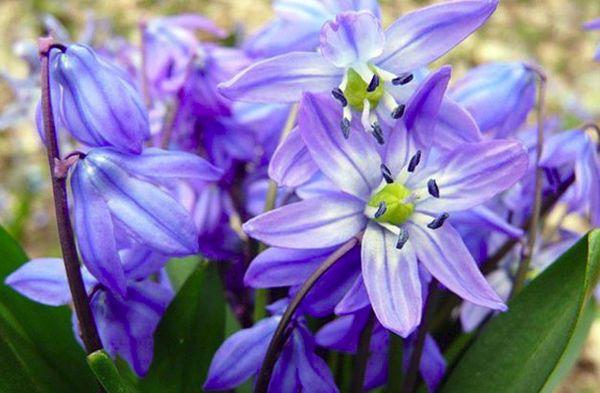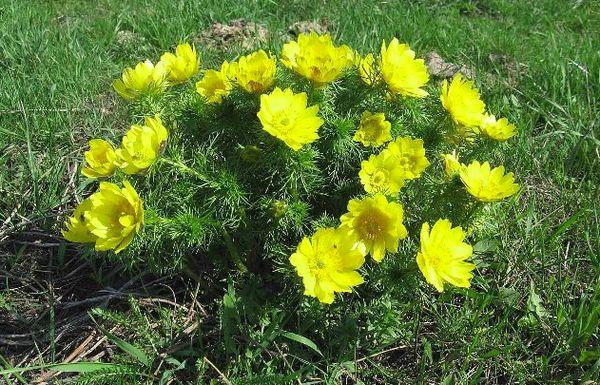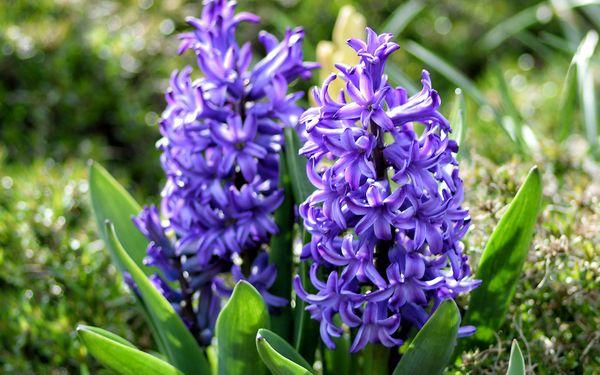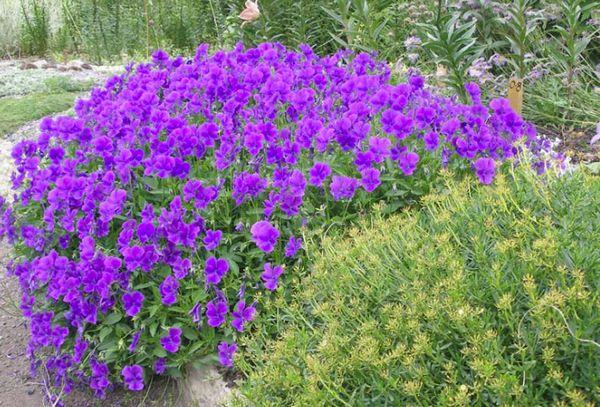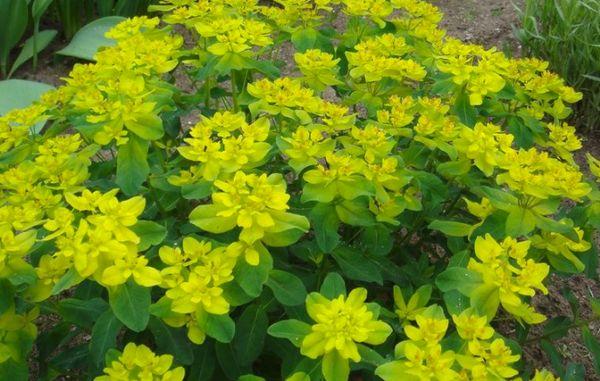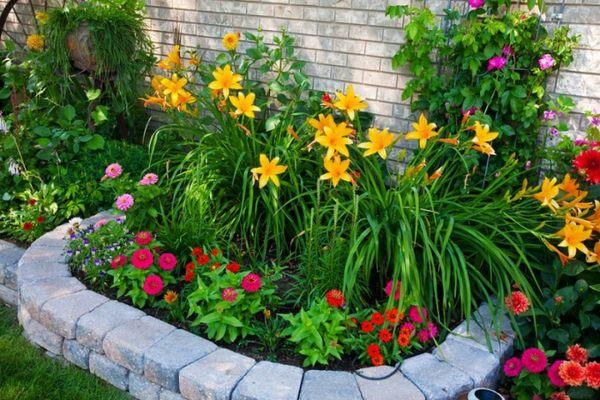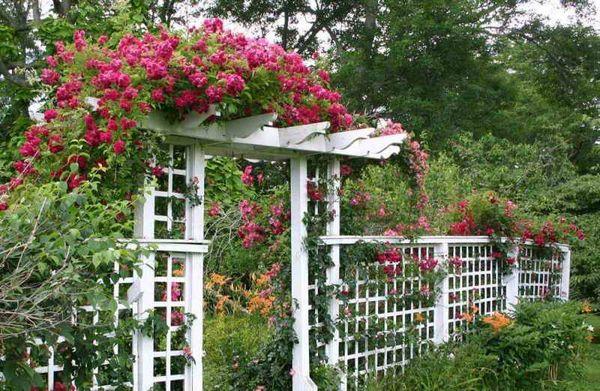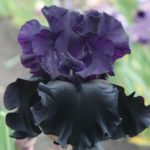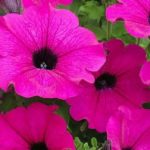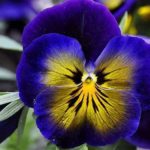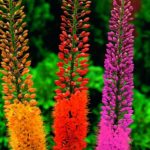At the dacha, a person rests, first of all, with his soul, so he tries to create the most comfortable conditions for this. A beautiful and properly designed flower bed with plants selected according to their flowering period will please the eye throughout the entire season. Perennial flowers for your own garden are selected according to the same principles as annuals. Only next season they will again charm the owner with the riot of their colors. To grow them, you do not need to sow new seedlings every year and worry about purchasing seeds.
Popular perennial flowers
The variety of species and varieties of plants for decorating a flower bed is simply amazing. But gardeners, relying on each other’s reviews, have identified several of their favorite, practical and very decorative ones.
Snowdrops
The first flower, symbolizing the arrival of spring, has excellent frost resistance. Snowdrops are planted under bushes or garden trees. The disadvantage is the short flowering period, after which the above-ground part of the plant dies. If the weather stays cool outside, it will bloom a little longer.
Crocuses
The flowering time of this delicate primrose almost coincides with the blossoming of snowdrops, which occurs with the onset of the first warmth of spring. On bare ground such beauty looks very impressive. The color range of crocuses is rich. Plants are planted both under trees and in open areas.
Muscari
At first glance, a simple, but at the same time very unusual spring primrose has won the love of many summer residents. Depending on the varieties flowering time of muscari may vary. The plant does not require special care or attention; it reproduces independently with the help of children. This fact makes it difficult to transplant the flower to another place.
Vesennik
An early spring flower that has excellent cold resistance and pleases the eye already with the onset of the first warm days. Its bright yellow color can please and warm the soul with just its appearance. It is recommended to select a planting site with partial shade. Vesennik is actively used in group plantings and decorates rocky landscapes.
Dicentra
This plant will appeal to exotic lovers. Unusual pink flowers immediately lift your spirits. No special care required. Dicentra is often planted in group plantings, using it to create original contrasts.
Scilla
The flower is unpretentious and can be planted in soil of any quality, mainly under trees. With sufficient moisture, the blueberry reproduces well and requires population control. The plant blooms with the onset of the first warm weather and decorates the area with delicate blue buds.
Narcissus
This flower has been known to summer residents for a long time and has even become boring. However, breeders brought to their attention new varieties that have not only a fascinating appearance, but also different terms and duration of flowering. The plant is unpretentious, but requires periodic replanting and dividing the overgrown bush. Fills the garden with a pleasant aroma, suitable for cutting.
Periwinkle
An unpretentious evergreen plant, in spring it looks more like a bluish-green carpet. By summer, only single flowers remain. In order for the periwinkle to develop normally, it will need pinching.
Adonis
The flowering period of Adonis occurs at the end of spring. Bright yellow flowers stand out against a backdrop of rich green lush foliage. The plant prefers light and nutritious soil for planting; it grows both in illuminated places and in partial shade. The flower does not tolerate transplantation well, so it is recommended to carry out this procedure as rarely as possible.
Alyssum
This beautiful flowering plant is not at all afraid of drought. For planting, it prefers lighted places, slightly alkaline soil. The summer flower does not tolerate waterlogging, so watering must be done carefully and not often.
Badan
The flower adequately decorates a summer cottage, is not fussy to grow and care for, and tolerates drought. The plant is frost-resistant and grows in one place for decades. The flowering period ends in mid-spring.
Hyacinth
A blooming large bud looks very impressive, unusual and can decorate any area. The color range is varied, which makes it possible to choose it to suit your personal tastes. The disadvantage is that the plant suffers from severe frosts and needs additional shelter and protection for the winter. The landing site must be protected from drafts and strong winds. Hyacinth does not like excessive soil moisture, so you should not be overzealous with watering.
Kupena
The snow-white bell feels great in shady, damp places. Does not tolerate drought. The flower is grateful for timely feeding. Characterized by excellent frost resistance.
Forget-me-not
A moisture-loving plant suitable for planting in shady areas. It pleases the gardener with delicate bright flowers that bloom in May - early June. Forget-me-not is easily propagated by seeds.
Primrose
The flower has won the love of summer residents thanks to its bright color palette. Bright buds bloom by mid-spring. For planting, choose an area with nutrient-rich soil. Primroses are moisture-loving plants.
Violet
The flowering period of violets depends on the selected variety or variety. Its popularity among summer residents is justified by the strong fragrant aroma that fills the garden and its delicate, pretty flowers. The flower is not capricious, does not need careful care, but requires regular irrigation. In some regions it is found as an outdoor, free-growing species.
Delphinium
Thanks to this plant, any cottage or garden is transformed.A bright and beautiful flower blooms at the very beginning of summer and decorates the designated area for a month. Delphinium does not like stagnant soil moisture or windy areas. In regions with cold winters, additional shelter is required.
Arnica
This plant has many varieties that are readily grown by summer residents and gardeners. Arnica prefers illuminated areas with a high level of acidity in the soil, is demanding on watering and does not tolerate drought.
Spurge
At first glance, an inconspicuous flower can become a real decoration of a flower bed if used in group plantings. It grows without problems in one place for several years. Euphorbia is a frost- and drought-resistant crop and does not tolerate waterlogging.
Which perennial flowers to choose?
Garden perennial flowers are designed to recreate a harmonious picture that enchants the eye at the dacha. To do this, experts recommend choosing the right plants, following some rules and taking into account the following features:
- varieties and varieties must be acclimatized or bred specifically for a particular region;
- when choosing a flower, take into account the characteristics of agricultural technology and conditions in a particular area;
- pay attention to the requirements for soil, light and humidity;
- determine the groundwater level;
- consider the proximity to other plants and garden crops, maintaining the necessary distances;
- The terrain and characteristics of the selected plant are taken into account.
The flower garden is planned in such a way that it matches the general planning style. Not only the height of the plants and dimensions are selected, but also the color scheme.
Landing rules
Before planting perennial flowers, it is advisable to draw up a plan for the future flower bed at the dacha. There, an area is marked out for plants of different heights: it is preferable to plant border varieties along the paths, and a tall flower looks harmonious in the background. In order for the site to look decent and fragrant all summer long, the flowering time of the selected plantings is taken into account. The color of the buds also plays an important role, which should be in harmony with the rest of the vegetation in the flowerbed.
Perennials reproduce in several ways:
- seeds;
- seedlings;
- bulbs.
When planting them, take into account the fact that in a few years the flowers will grow and require a larger area. Not all species can be replanted frequently, so it is better to leave more space between the rhizomes.
Specifics of care
Caring for perennial flowers in the country consists of timely watering, removing weeds, applying fertilizers, and mulching the soil. Mulching is important when preparing a flower bed for the wintering period.
Each plant has specific agricultural techniques; it may require additional care and attention, which must be studied before planting and observed during the growing season. Only in this case will it be possible to achieve active growth and abundant flowering.
Features of using perennial plants in landscape design
For a perennial to become a true decoration of a dacha, it is not enough to plant it and properly care for it. Chaotic plantings will not add much beauty. The desired result can be achieved if an effective composition or group is created.
Landscape designers often use the following options:
- Flowerbed.This is the most common and classic option for decorating a site, representing a designated area planted with flowers. Its shape is often similar to a geometric figure (oval, circle, square, triangle). However, modern designers are resorting to creating more complex outlines. You can plant both the same type of perennials and several species at once in a flowerbed.
- Pergola. It is a green canopy created from climbing flowers mounted on arches.
- Rabatka. In this case, a narrow strip of the site is planted with flowers.
- Mixborder. This type of planting consists of several components, that is, it includes several tiers of plants that differ not only in appearance, but also in the flowering period.
- Arch. A rounded frame decorated with climbing beautiful flowering plants. It is better if you choose a long-blooming type of flower for such structures in order to admire its beauty for as long as possible.
- Rockery. This type of planting is often called an alpine slide by summer residents. Stones serve as an original addition to plants.
Properly created landscape design at your own dacha will bring incredible pleasure and help you have a good time.
Both the entire territory and a separate corner are allocated for flower beds, where there is an opportunity to show maximum imagination and create a masterpiece from plants. When planting, be sure to take into account the height of the flowers and their demands on environmental conditions.

